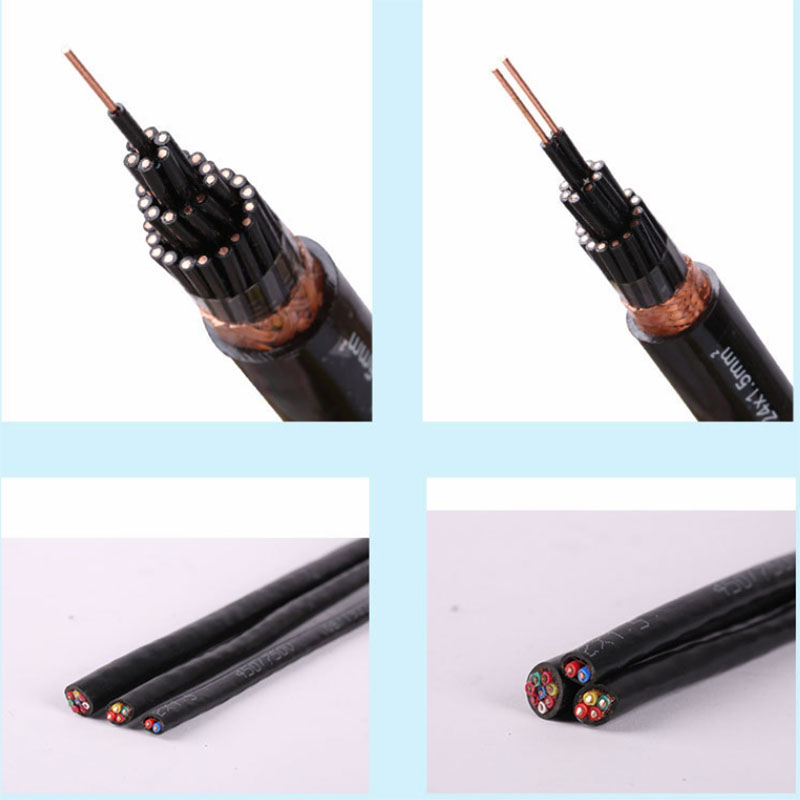Introduction:
Cables are crucial components in electrical systems, providing the necessary connections for power transmission and data transfer. Proper installation and usage of cables ensure efficient and safe operation. In this article, we will discuss the essential steps for correctly installing and using cables.
1. Planning:
Before installing cables, it is vital to plan the layout carefully. Consider factors such as the type of cable, distance, environmental conditions, and the purpose of the installation. This will help determine the appropriate cable type and gauge required for the application.
2. Cable Selection:
Choose the right type of cable for the specific application, such as power cables, data cables, or coaxial cables. Be sure to consider factors such as voltage ratings, current carrying capacity, insulation material, and fire-rating requirements.
3. Proper Handling:
Handle the cables with care during installation to avoid damaging the insulation or conductor. Do not bend the cables beyond their minimum bending radius, as it can lead to signal loss or insulation breakdown.
4. Cable Routing:
Ensure proper cable routing to minimize the risk of damage and interference. Avoid running cables along heat sources or sharp edges. Use cable clamps and supports to secure them in place and prevent strain on the connections.
5. Termination and Connectors:
Use high-quality connectors and follow the manufacturer's guidelines for proper termination. Incorrectly terminated cables can cause signal loss and poor connectivity. Inspect and test the connections to ensure a reliable and secure connection.
6. Testing and Maintenance:
After installation, test the cables using appropriate equipment to verify proper functionality and signal integrity. Regularly inspect the cables for any signs of wear, corrosion, or damage. Promptly replace any damaged cables to avoid safety hazards.


 Address : No. 1-3, Building 12, Zhongbao Smart Logistics Park, Chengdong Street, Fengze District, Quanzhou City, Fujian Province ,China
Address : No. 1-3, Building 12, Zhongbao Smart Logistics Park, Chengdong Street, Fengze District, Quanzhou City, Fujian Province ,China +8613799243565
+8613799243565 [email protected]
[email protected] +8613799243565
+8613799243565

 +8613799243565
+8613799243565
